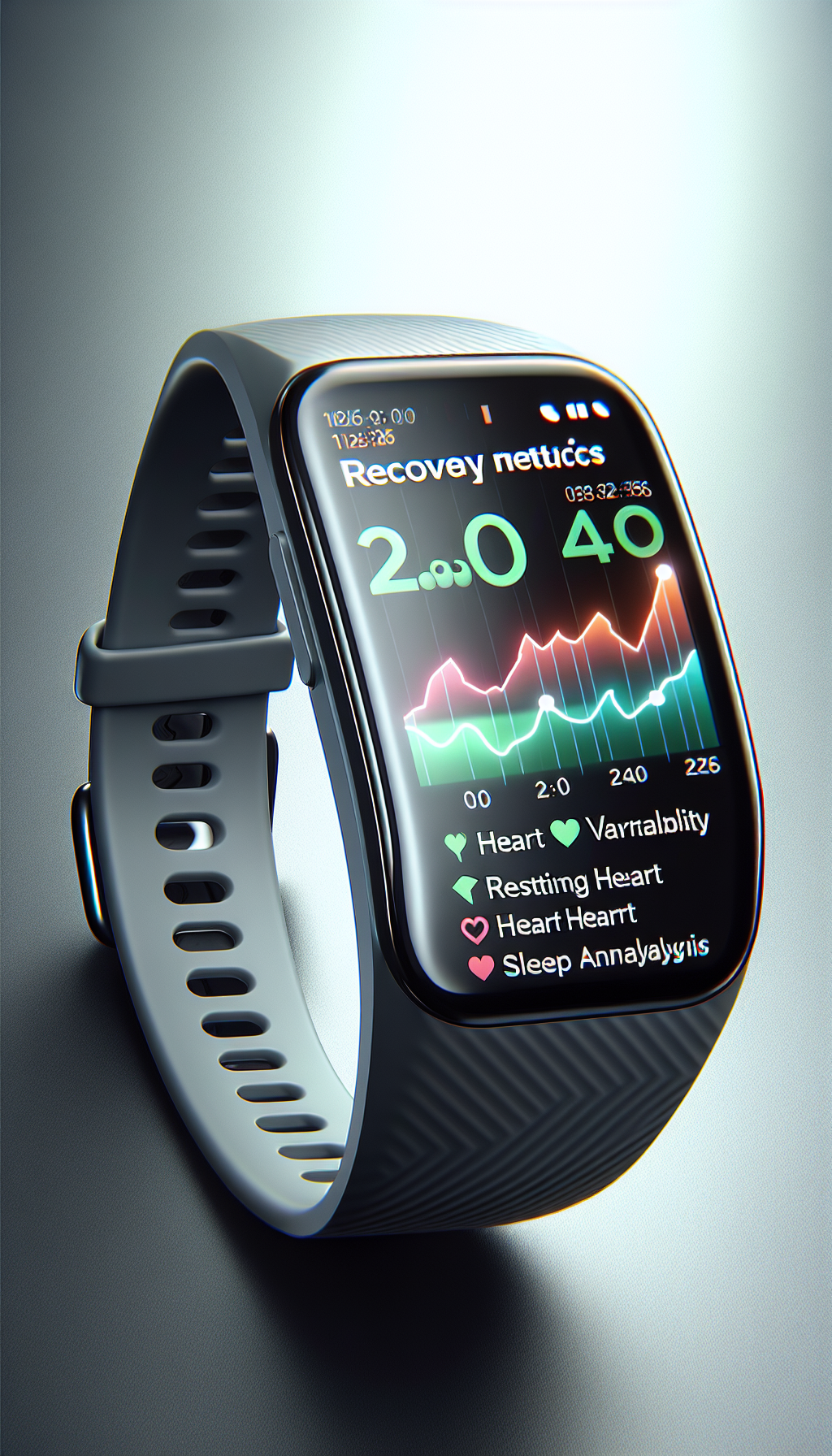When you push your body to its limits during a workout, you’re not just testing your endurance and strength; you’re also triggering a cascade of physiological processes designed to repair and strengthen your muscles. The period following intense exercise is critical for physical adaptation and improvement, which is why understanding and implementing the best practices for recovery is essential for anyone looking to optimize their fitness journey.
The Physiology of Recovery
Post-workout recovery is a complex process that involves replenishing energy stores, repairing damaged muscle tissues, and adapting to the stresses of exercise. Glycogen, the stored form of glucose in muscles, needs to be restored, and muscle proteins broken down during exercise need repair. This physiological remodeling is what ultimately leads to fitness gains.
Immediate Post-Workout Strategies
Right after your workout, your body is most receptive to beginning the recovery process. Initiating recovery immediately can significantly impact how quickly and effectively your body bounces back.
Rehydration
The first step to recovery is rehydrating. Water supports every metabolic function and nutrient transfer in the body, and adequate fluid levels are essential for health and optimal recovery. For rehydration guidance tailored to your needs, explore the comprehensive insights offered on hydration and fitness.
Nutrition
Proper nutrition is key to recovery. Consuming a mixture of proteins and carbohydrates soon after your workout can jumpstart muscle repair and refill glycogen stores. To understand more about the role of nutrition in muscle recovery, consider reading about tailored nutrition plans for athlete performance.
Cool Down
A proper cool-down routine, including stretching and light activity, can facilitate the dispersal of lactic acid and reduce muscle stiffness. The benefits of an effective cool-down are discussed in depth in the article on the importance of warm-up and cool-down routines.
Extended Recovery Techniques
The recovery process doesn’t end once you leave the gym. It continues for hours and even days afterward. Here are several strategies to incorporate into your recovery plan.
Sleep
Sleep is perhaps the most important recovery tool at your disposal. During sleep, your body produces growth hormone, which is essential for muscle repair and growth. Ensuring you get quality sleep is a pillar of good recovery, which is why understanding the mental health benefits of regular physical activity, including its impact on sleep, is invaluable.
Active Recovery
On your rest days, consider active recovery—low-intensity exercise like walking, yoga, or swimming. This can help increase blood flow, delivering more oxygen and nutrients to your muscles to aid in repair. More on the application of active recovery can be found in the discussion on how to incorporate active rest for fitness gains.
Mobility Work and Stretching
Consistent mobility work and stretching can improve your range of motion and prevent injury, both of which are crucial for long-term athletic development. For insights into stretching and its benefits, you might explore resources on the importance of posture in exercise performance.
Soft Tissue Therapy
Soft tissue therapy, including massage and foam rolling, can facilitate muscle recovery by increasing blood flow and breaking down scar tissue. For more information, access niche resources like the International Journal of Sports Physical Therapy, which offers peer-reviewed articles on therapeutic techniques.
Cold and Heat Therapy
Alternating between cold and heat therapy can reduce muscle soreness and inflammation. While ice baths and cold showers can constrict blood vessels and reduce swelling, heat therapy can relax muscles and improve circulation. Resources like the Journal of Physiology provide research on the efficacy of these therapies.
Compression Garments
Wearing compression garments can promote blood flow and reduce muscle soreness after workouts. While the evidence for their efficacy is mixed, they are a popular tool among athletes. Detailed studies on their impact can be found through the American College of Sports Medicine.
Monitoring and Adjusting Your Recovery
Understanding how well you’re recovering can inform you when it’s time to push hard or take it easy. Fitness trackers and apps can be valuable tools in this regard. They can monitor heart rate variability, sleep quality, and activity levels—metrics that give you insight into your recovery status. For a comprehensive guide on using these tools, the article how to use fitness apps for maximum benefit is an excellent resource.
The Role of Professional Assistance
Sometimes, the best way to ensure you’re recovering properly is to seek professional help. Personal trainers, physical therapists, and nutritionists can provide personalized advice and adjustments to your recovery plan. They can also help you navigate the challenges of overtraining and injury prevention. Explore the advantages of such professional guidance in the advantages of personalized fitness coaching.
Conclusion
Recovery is a multi-faceted aspect of fitness that requires as much attention and planning as the workouts themselves. By incorporating these best practices into your routine, you can enhance your body’s ability to recover, adapt, and ultimately perform at its best. Remember, recovery is not simply about taking time off; it’s about actively engaging in practices that facilitate your body’s natural healing processes.
For those seeking to delve deeper into the specifics of recovery, consider visiting the American Council on Exercise for additional resources on recovery techniques, or the National Strength and Conditioning Association for research on strength training and recovery.
By prioritizing recovery, you not only improve your performance but also your overall well-being. Tailor your recovery plan to your individual needs, and don’t be afraid to adjust it as you learn more about your body’s responses. Remember, effective recovery is the cornerstone of sustained progress and long-term health in your fitness journey.



